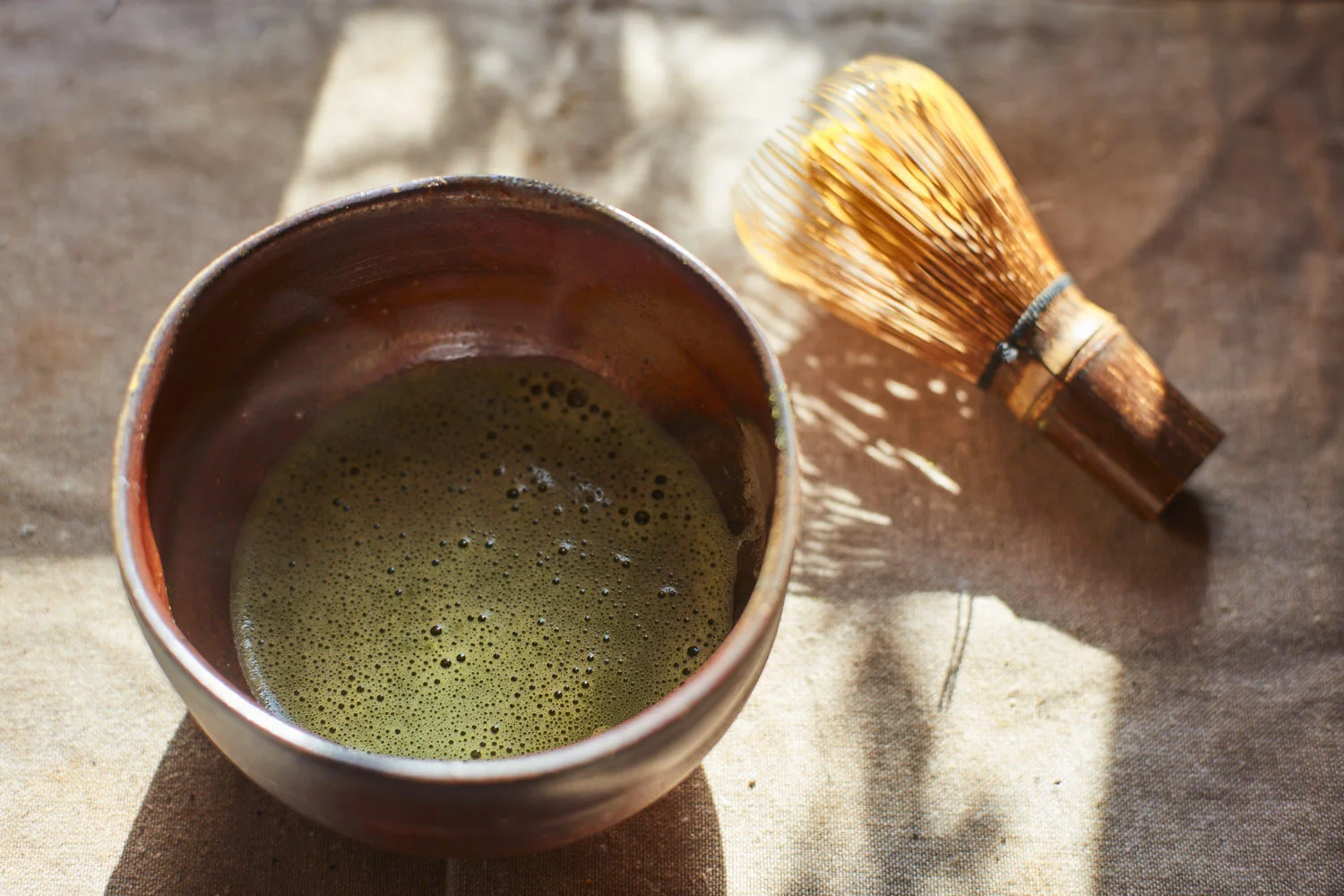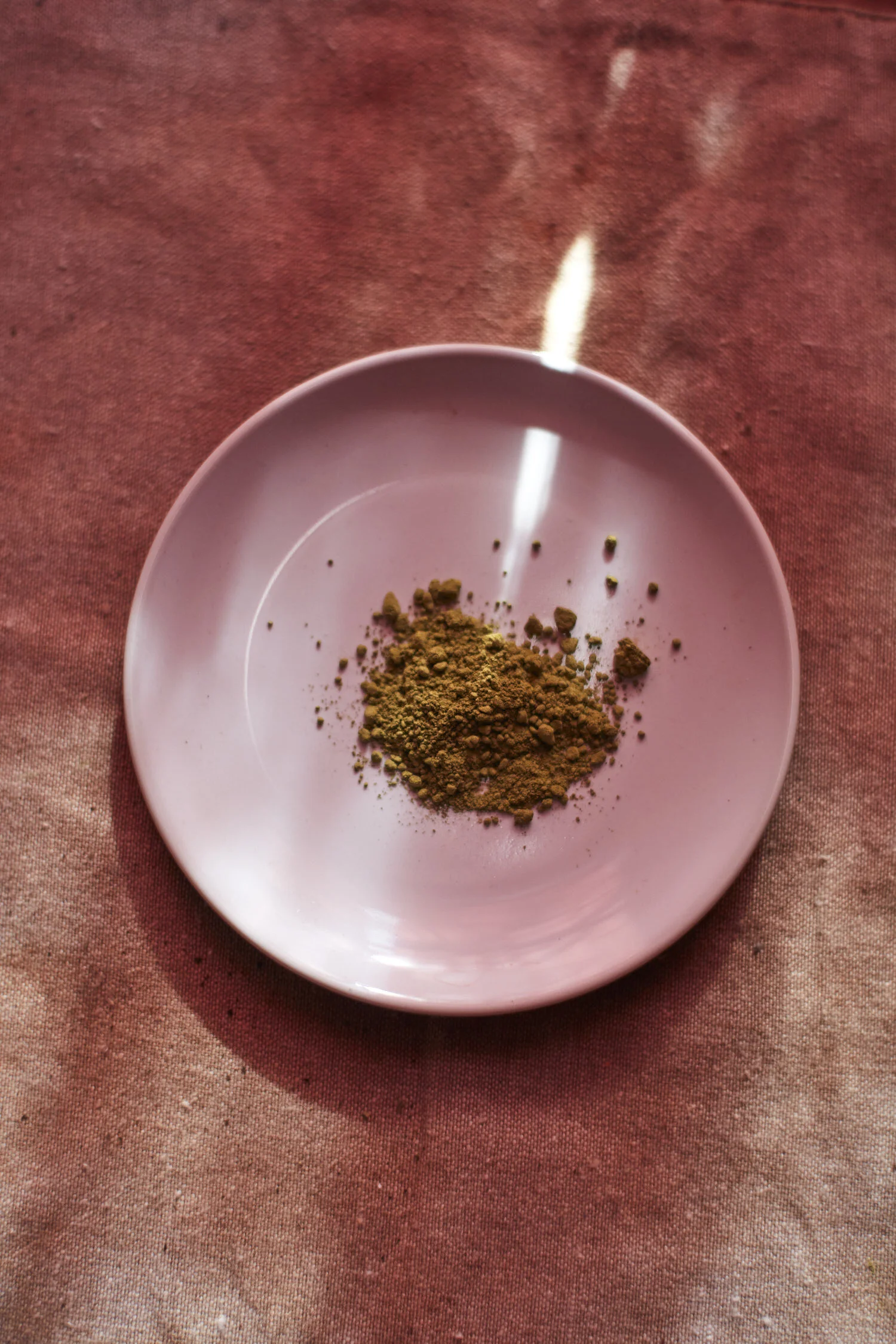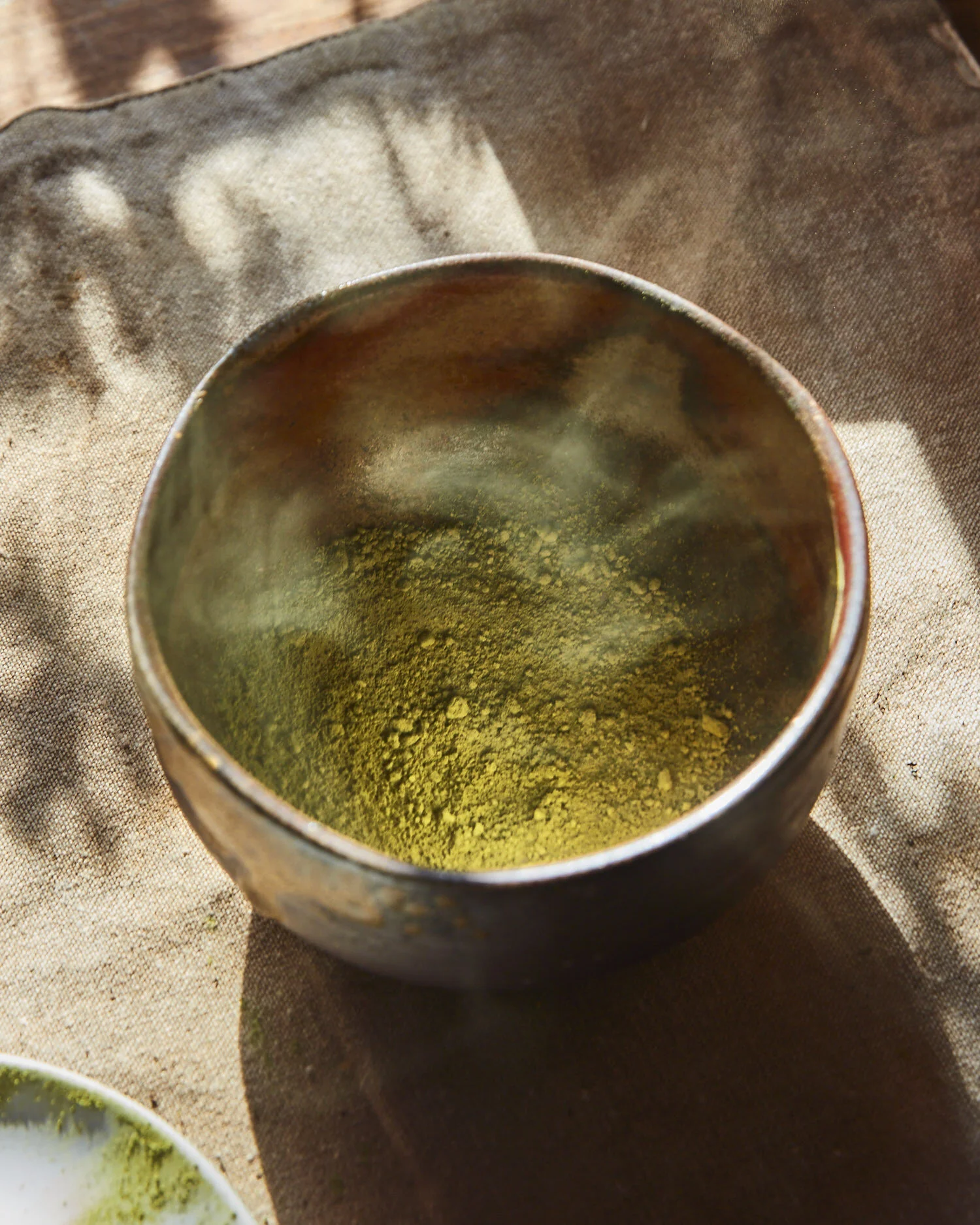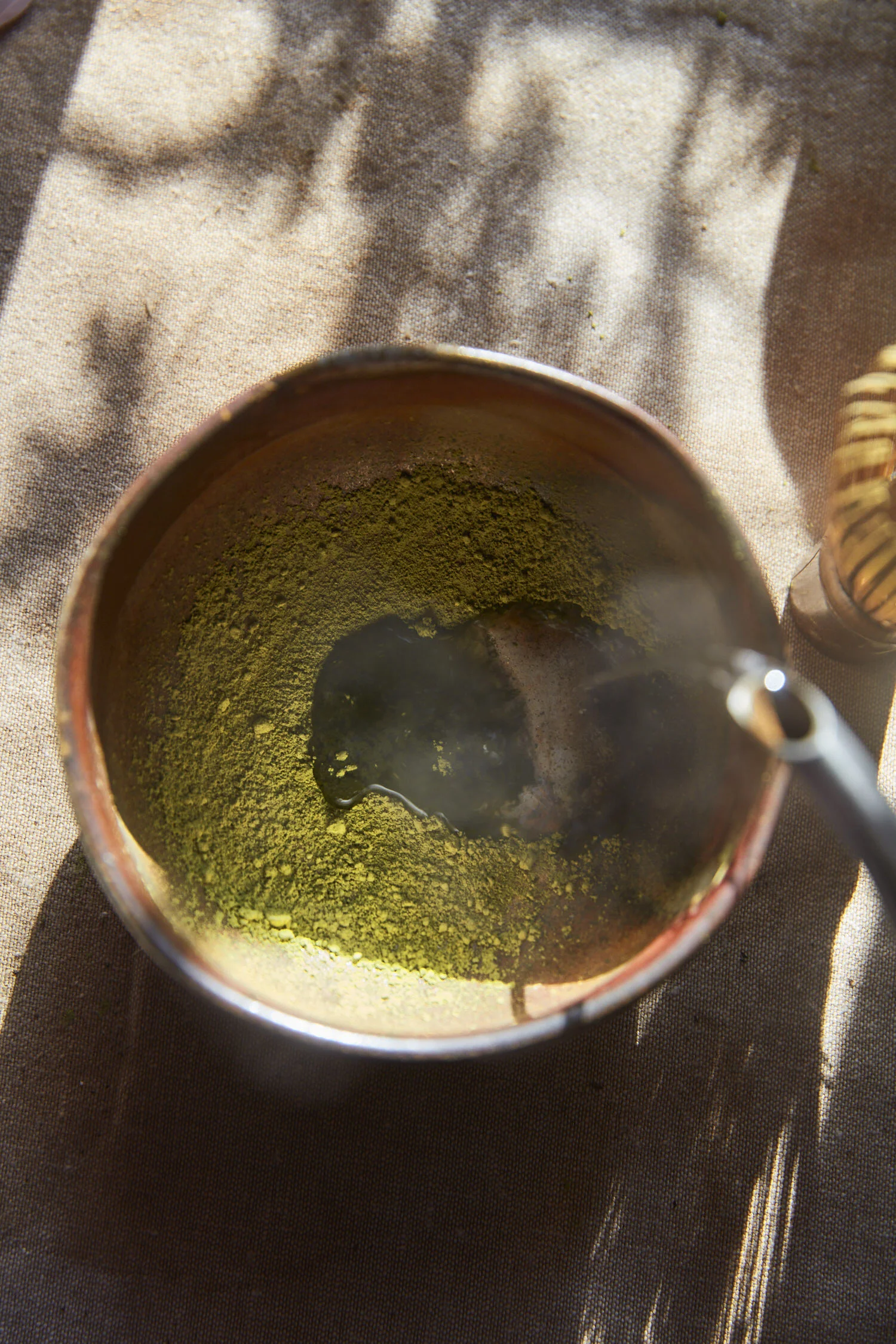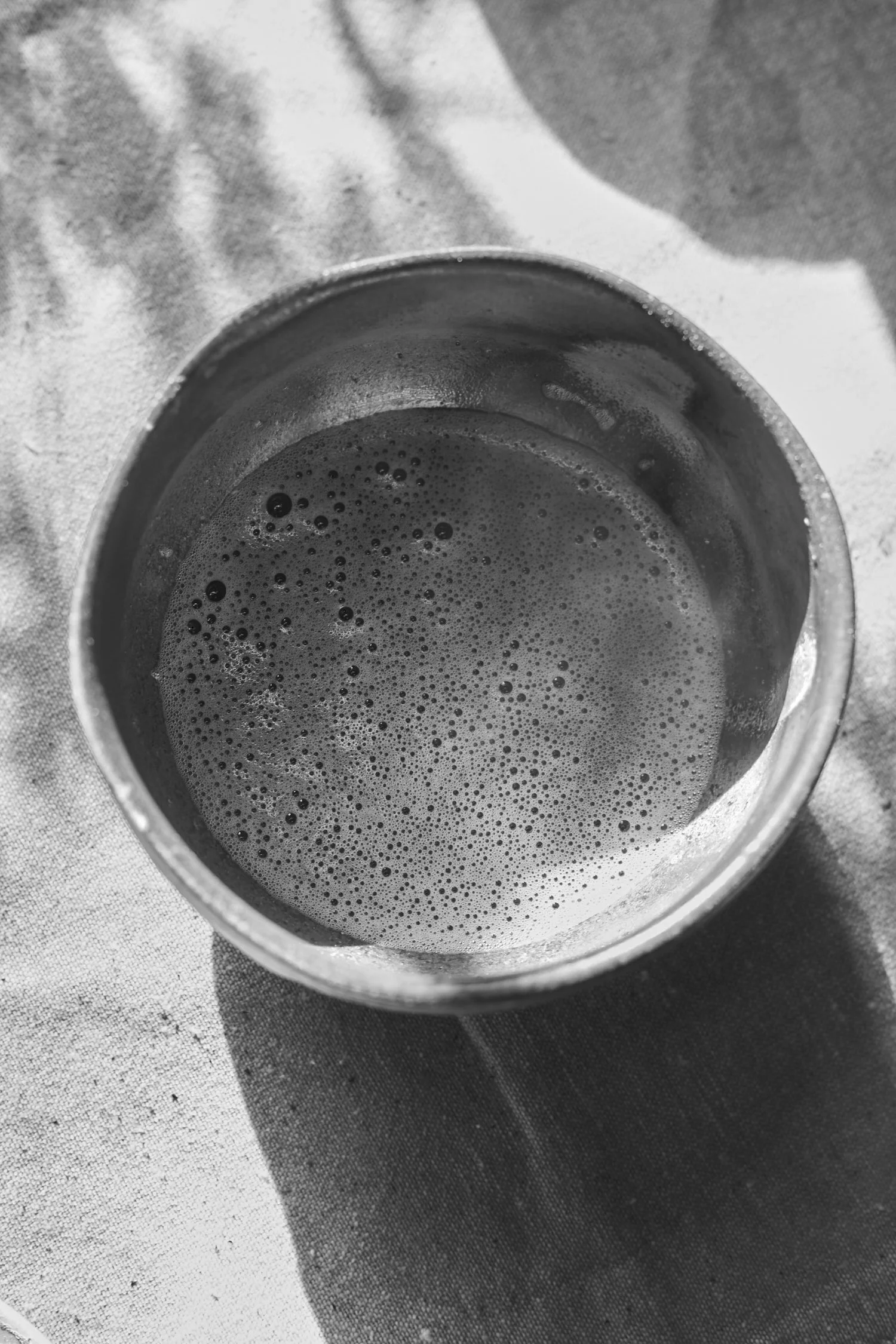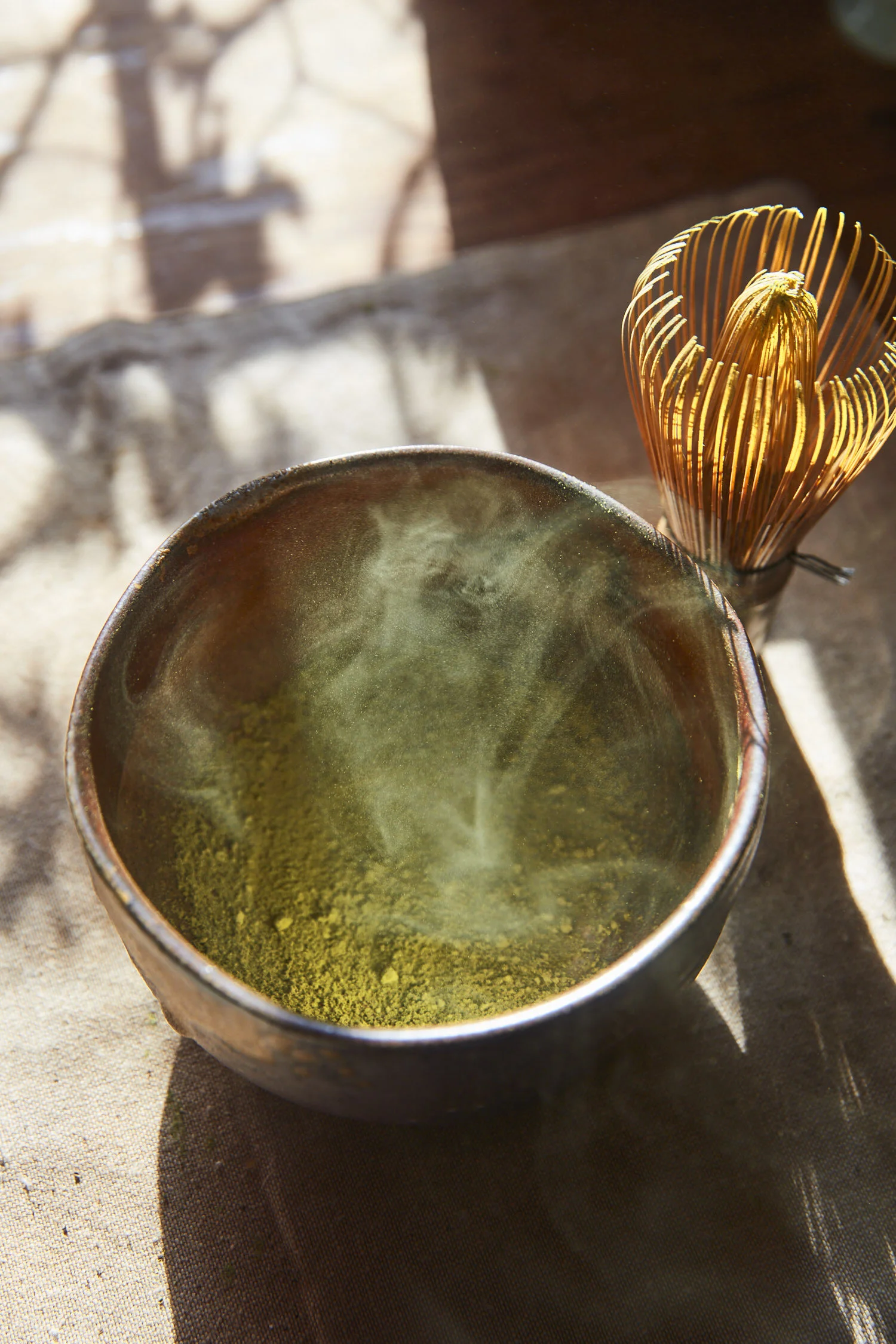5 Famous Matcha Regions in Japan (Terroir Guide)
True Matcha green tea comes from Japan. And similar to wine production, certain growing locations (called terroirs) produce a better tea crop with superior flavors and complexity.
In this guide, we'll go over the top growing locations for Matcha green tea in Japan, and exactly why these are the best locations. We'll go over the geography, growing conditions, and the basics of the 5 famous Matcha Regions in Japan.
We'll even go over some of the best places to have tea if you're visiting Japan! Grab a bowl of tea and let's dive in.
What is Matcha?
Matcha is a stone-ground (powdered) green tea from Japan. It usually tastes a bit earthy, vegetal (green), savory, a little bitter, and a little sweet. It's also known for its health benefits and for being packed with antioxidants.
Different growing locations within Japan and different varietals of the tea plant will influence the flavor of the specific tea… But more on that shortly.
To be considered Matcha, the leaves must go through a shading process for multiple weeks before harvesting. This increases levels of l-theanine, an amino acid in the leaf that is responsible for Matcha's umami (or savory) notes.
Note: If you're new to Matcha green tea (or if you just want a refresher) be sure to check out our comprehensive guide: What is Matcha.
Origins of Matcha
Matcha green tea hails from Japan, but it has deep roots in China. Tea originated in China, so naturally, there's been a long history of tea processing and ritual. Way back in the day (the Song dynasty to be specific which lasted from 960 to 1279AD), tea was compressed into little bricks.
When you wanted some tea, you'd break some off, grind it up, and whisk it. This tea likely tasted completely different than any Green tea or Matcha powder that exists now.
But this whisked or whipped tea is the origin of Matcha and Matcha powder. Why? Well, tea in Japan has close ties to zen Buddhism. Tea seeds and the process of whisking tea were brought to Japan by a Buddhist monk named Eisai who was studying in China.
Green tea processing in Japan, and Matcha tea more generally, has become quite important within Buddhism within Japan. Some of the famous tea-growing locations below actually had their start with tea plants grown and cultivated by monks.
Tea Growing Conditions
Tea is made from a plant called Camellia Sinensis, which is a small evergreen bush or tree. The leaves are picked and processed into a wide variety of tea categories (green, white, black, etc).
Note: If you didn’t already know, all true teas are made from the leaves of the Camellia Sinensis plant. The various categories of teas such as Green tea, white tea or Black tea result only from a difference in processing, but they do use the same leaves.
Processing is one of the most important aspects of tea making and taste. But what's even more important to the overall quality of the tea and its taste is the tea's growing location.
The climate, amount of sun, shade, rainfall, groundwater, and soil quality all greatly impact a tea's flavor. Some growing locations provide more of these desired growing conditions, which leads to better tea. This concept is known as terroir.
The Concept of Terroir
Terroir is a concept that most wine drinkers are familiar with. Essentially, it refers to the ways in which the microclimate (which includes the growing location, weather, and plant varietals) produces a specific flavor within a plant.
As mentioned previously, the tea plant reacts differently to varying amounts of sun, shade, rainfall, and soil types. Some geographic locations are better suited for tea-growing, and some varietals/cultivars (different kinds of a plant...think different grapes for wine) are better suited for some locations.
Generally speaking – better or more desired terroir equals better tea. Who decides what's good? Well, it's partially scientific and partially subjective. And by that, I mean it has a lot to do with years of evolution and cultivation, but also consumer or personal preference.
So generally speaking, these tea-growing terroirs we are about the look at are widely known for their quality and specific flavors associated with their locations. However, that doesn't always mean one place will be considered better by every tea drinker! Part of the equation is personal preference, and that's what makes tea drinking enjoyable.
Terroirs of Japan
Matcha green tea is grown throughout Japan, but mostly in the south. Growing location is one of the most important parts of tea growing. Some locations within Japan have been recognized as having top terroirs, which are essentially just microclimates that impact the overall growth of the tea plant and its flavor when it's processed into tea.
Below are the main growing locations where Matcha is produced. Some of these terroirs are known for producing better-tasting and higher-quality Matcha.
Extra info: This article is all about famous Japanese Matcha producing regions, but if you want to know which particular cities you need to visit to drink the best Matcha in Japan, you can have a look at our guide on the 5 Best Cities For Authentic Matcha In Japan here.
1 - Uji Matcha
Uji is a region in Kyoto Prefecture, and it's considered to be the birthplace of Matcha. There's a long history of Green tea production here, which has led to Uji producing some of the best Matcha green tea.
Tea from Uji is quite sought after, meaning it can often cost a lot. It's often thought of as high-grade tea. Uji ceremonial grade Matcha powder is often used in the traditional Japanese tea ceremony called chadô or sadô in Japanese. The terroir (microclimate) of Uji is great for Green tea growing.
Uji Matcha Flavor Profile
Matcha from the Uji region is seen as the pinnacle of Matcha green tea. It has a distinctive bright grassy note, umami (savory note), with a light creaminess.
2 - Fukuoka Matcha
Fukuoka prefecture is located in Kyushu, which is an island on the southwest end of Japan. Though not the birthplace of Matcha, Fukuoka was actually the first place where tea was grown in Japan.
Yame is its most famous growing location (which is in the North of Fukuoka). While there is some Matcha grown there, this area is more widely recognized for its loose-leaf green teas such as Sencha (煎茶) or Gyokuro (玉露).
Fukuoka Matcha Flavor Profile
Matcha from the Fukuoka region is usually processed slightly differently than in Uji, so there's a focus on deeper, toastier flavors. These are balanced with the expected umami (savory) and sweet notes.
3 - Shizuoka Matcha
Shizuoka is the largest tea-producing prefecture in Japan. It produces around 40% of all Japanese tea – though much of that is loose-leaf Green tea, not Matcha. It is less likely that you'll find Matcha from Shizuoka, but there is some being produced.
Shizuoka Matcha Flavor Profile
Matcha Green tea from the Shizuoka region isn't always sought after, as there are better-growing locations for Matcha specifically. (Shizuoka has amazing loose-leaf Green teas though!)
4 - Kagoshima Matcha
Kagoshima is on the southwest tip of Kyushu. This terroir has rich volcanic soil, which is why Kagoshima is great for growing tea. Most of the tea grown in Kagoshima is loose leaf Green tea like Sencha (煎茶) and Gyokuro (玉露), but there is some Matcha produced there too.
Kagoshima Matcha Flavor Profile
Matcha from the Kagoshima region is usually vegetal, bitter, sweet, and umami.
5 - Aichi Matcha
Within Aichi prefecture, Nishio is the top growing location. The climate is created for tea growing and the soil is incredibly fertile. Nishio Matcha is quite sought after as well. It's high quality and often pretty expensive.
Aichi Matcha Flavor Profile
Matcha from the Aichi region is usually vegetal, sweet, and savory (umami).
Overall, the important thing to remember is that the growing region isn't the only thing that will determine the flavor of a tea. A variety of tea places, processing, storage, and final preparation all have a hand in the flavor profile of a tea.
But with that being said, tea from better locations often tastes better! So I suggest trying Matcha (and loose leaf Green teas) from all of these different parts of Japan. Some things will begin to make more sense as you drink more tea.
The Final Brew
Now that you know all about Matcha green tea, what exactly it is, what it tastes like, its history, and its top-growing locations, it's time to up your tea game!
If you want to try out some rare single-cultivar Matcha from famous Matcha regions in Japan, I invite you to take a look at our teas! Ooika specialized in hand-picked high-quality Matcha which is stone ground in-house the traditional Japanese way to be able to offer you the freshest tea possible. You can check out our Matcha online here.
MORE ON MATCHA

